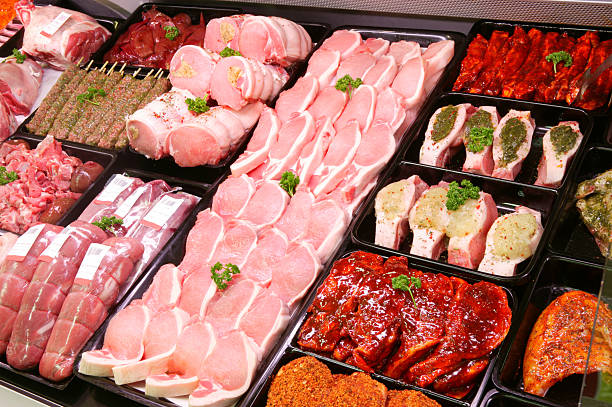The end of summer break doesn’t just mean kids going back to school. It also means local news about kids heading off to the hospitals because of food poisoning. Year in and year out we hear about them, and the statistics never get any better.
Unfortunately, the most common cause of food poisoning is not crazy sons of store managers putting oxalic acid on your milk tea. Improper food handling is the real killer. Most of the time, food poisoning starts in our own kitchens, and we don’t even know it.
1. Not washing hands properly
You’re literally carrying two handfuls of bacteria unless you wash your hands before and after handling each raw product. As much as possible, wash for at least 20 seconds, using warm, running water and soap.
2. Thawing food on the counter/table
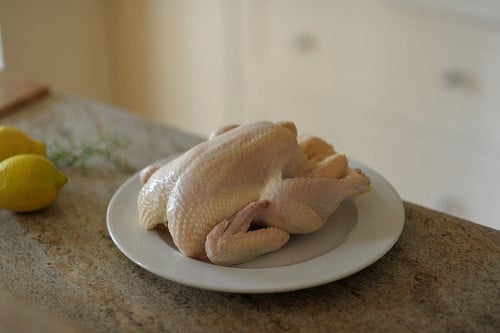
There are only 3 safe ways to thaw your food: in the refrigerator, in the microwave, or in an unopened plastic wrapping placed under running water. Thawing food in any other way means exposing it to temperatures where bacteria may thrive, also known in cooking as the “Danger Zone”.
3. Thawing food on the refrigerator’s top shelf
Never put raw meat on the top shelf, where its juices may drip onto other food items below it. Place the meat on a plate or any other container, then put it on the bottom shelf to avoid cross-contamination.
4. Marinating meat on the counter/table
As with thawing, marinating meat on the table makes it susceptible to bacterial growth. Unless it’s in an airtight container, marinate meat in the refrigerator.
5. Washing meat and poultry products

You may think you’re washing off bacteria from your meat products, but what you’re actually doing is helping the bacteria spread. Fruits and vegetables are the only food items you should wash. To avoid poisoning from dirty meat, always buy them only from trusted sellers and distributors.
6. Using the same cutting board for all ingredients
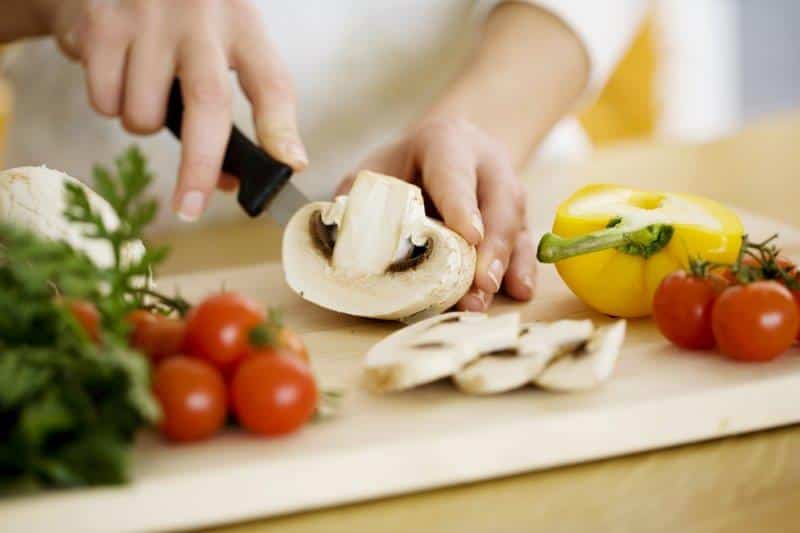
Many Pinoy households have only one cutting board, where they cut all the fruits and vegetables as well as the fish, meat and poultry products. This increases the risk of cross contamination. Have at least 3 cutting boards, one for your fruits and veggies, another for poultry, and one for other raw meat products.
7. Cleaning the cutting board wrong
Simply washing the cutting board with soap and water is not enough to sanitize it, especially for meat and poultry cutting boards. Pour boiling water over your boards after using them to properly clean it.
8. Undercooking food
In the Philippines, it is not common practice for people to judge the doneness of food using a thermometer; instead, people rely on the color, texture, and softness of the food. Just because it’s cooked enough to your desired taste and doneness doesn’t mean it’s cooked enough to kill all the bacteria in it when it was still raw—and it’s the latter you should worry about more, especially for packed lunches. If you want to be sure, get a food thermometer.
9. Cross-contaminating cooked food with raw food
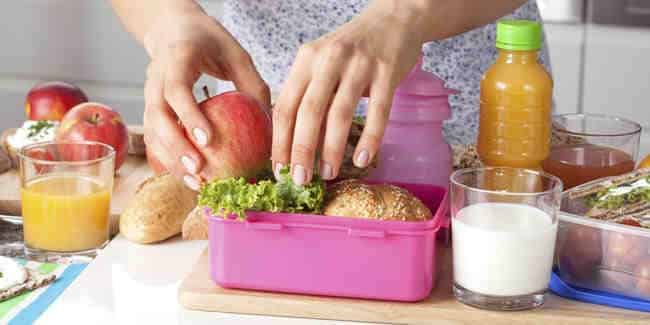
You’re probably smart enough to not put your cooked chicken in the same bowl as the uncooked batches. But if you’re using the same pair of tongs for putting the uncooked items into the pan and for getting the cooked ones out of it, then you’re still cross-contaminating your food. When putting different types of food into your kid’s lunchbox, also make sure that cooked items don’t touch raw food (fresh fruits, etc.).
10. Letting food sit at room temperature too long
Cooked or raw, food should never be allowed to sit at temperatures between 4°C and 60°C for longer than necessary. Bacteria thrive and multiply rapidly at these temperatures. Pinoys usually do this while they wait for their leftover food to cool before storing. Always remember the 2-hour rule: after removing food from heat (after cooking) or from cold temperature (after removing from the ref), store in the refrigerator properly after 2 hours max.
11. Tasting food to check if it’s still okay
That leftover adobo may still taste great, and hey, it’s one food that doesn’t spoil easily, right? But that doesn’t mean it’s still safe from bacteria that can cause food poisoning. You can’t taste, see, or smell these bacteria, so best be safe and go back to the 2-hour rule; unless it’s from the fridge, don’t eat food that’s been left in the open for more than 2 hours.
12. Using the same, wet sponge
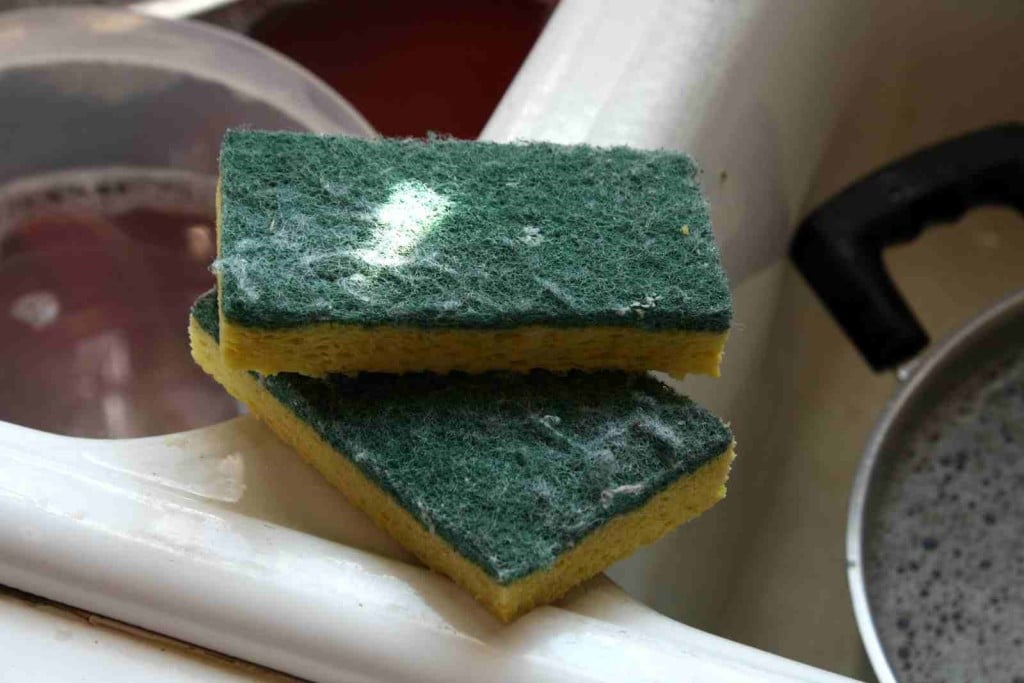
Your sponge’s got anti-bac dishwashing soap all over it anyway, so it’s probably clean, right? WRONG. First of all, you shouldn’t leave your sponges wet or you’ll be spreading bacteria all over your plate and lunch boxes; hang them dry after each use. Secondly, you shouldn’t use the same sponge for washing your cooking utensils and eating utensils.
Drop the “Okay lang ‘yan” attitude when preparing food. Make sure to ditch all these kitchen mistakes and follow the tips provided. Remember that where your kids’ safety is concerned, it never hurts to be a teensy bit extra careful.


